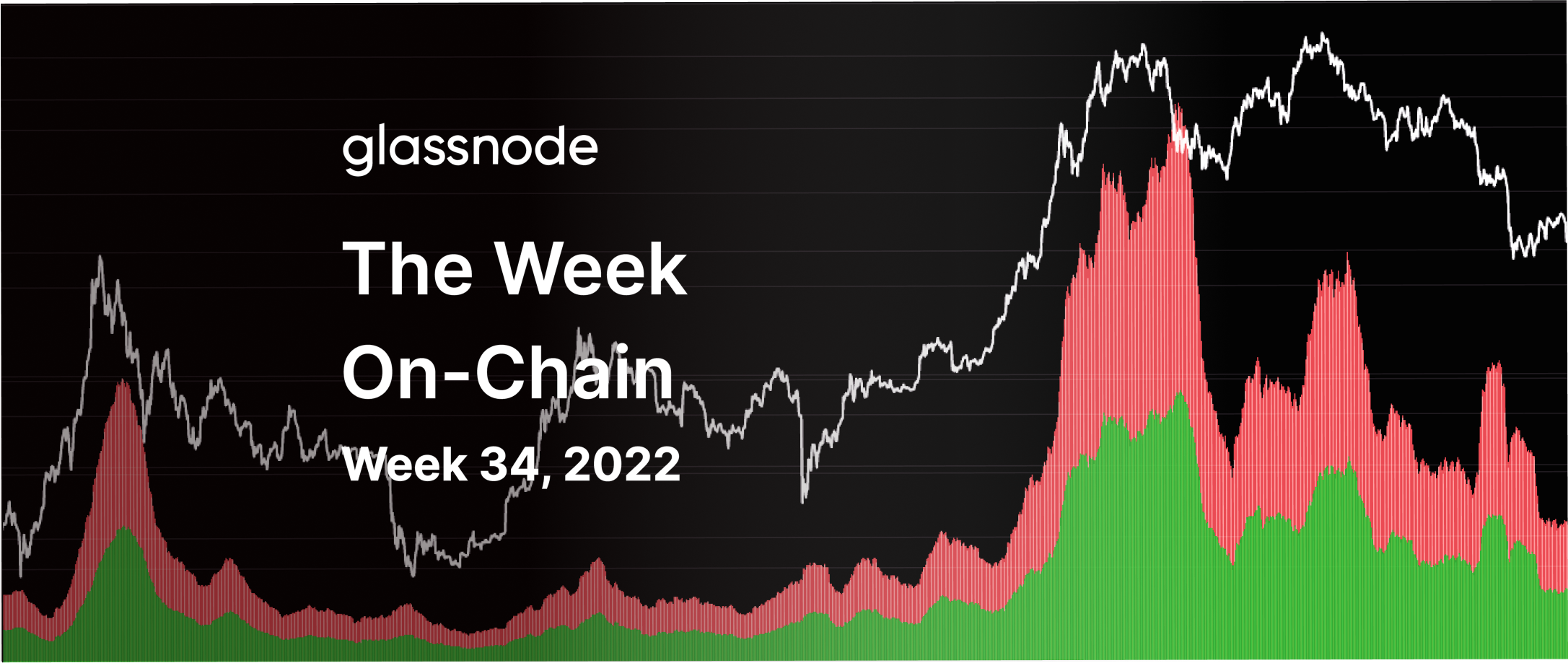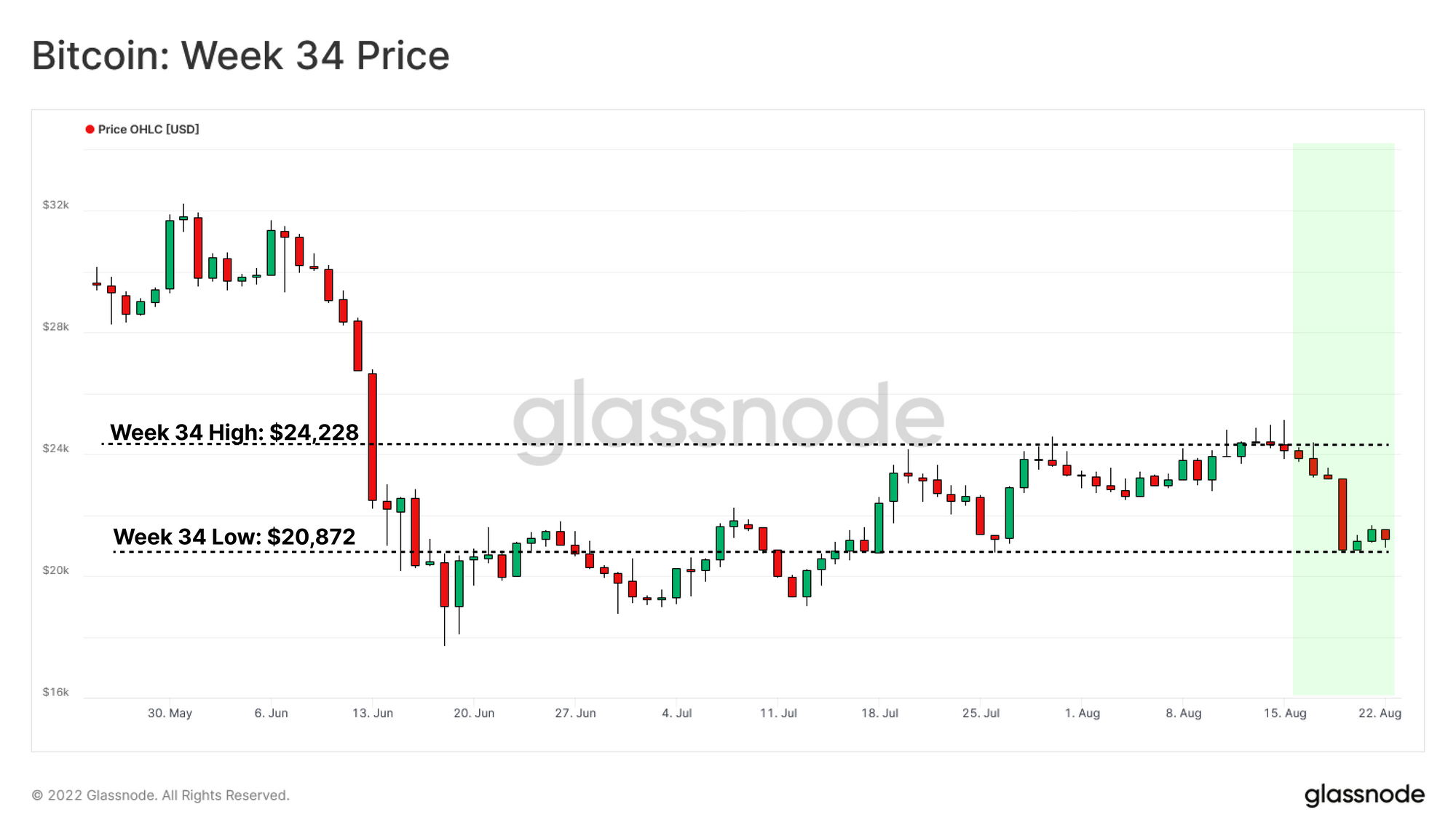A Bear Market Mirage
The Bitcoin market recently experienced a wave of short relief, with prices trading above the Realized Price for 23 consecutive days. However, weakness in the underlying network activity has manifested as a sell-off this week, with prices falling once again below this key cost basis level.

The Bitcoin markets recently experienced a wave of short relief, with prices trading above the Realized Price for 23 consecutive days. However, weakness in the underlying network activity covered in WoC 31 has manifested as a sell-off this week, with prices falling once again below this key cost basis level.
The Realized Price currently trading at $21.7k, while spot prices are slightly below the Realized Price at $21.3k. During the 2018-2019 bear market, prices fluctuated below the Realized Price for 140 days, making the prevailing bear market duration of 36 days relatively brief, and thus indicating more accumulation time may be required (as discussed in WoC 28).
In this edition, we will explore the underlying weakness leading to this weeks sell-off, alongside metrics to keep an eye on to support a more macro scale recovery.
🔔 Alert Ideas are presented throughout to help identify key metric levels of interest that may signify significant shifts in market/network performance. Any Glassnode member can set an alert directly from Glassnode Studio.

Translations
This Week On-chain is now being translated into Spanish, Italian, Chinese, Japanese, Turkish, French, Portuguese, Farsi, Polish, Russian, Arabic and Greek.
The Week Onchain Dashboard
The Week Onchain Newsletter has a live dashboard with all featured charts

